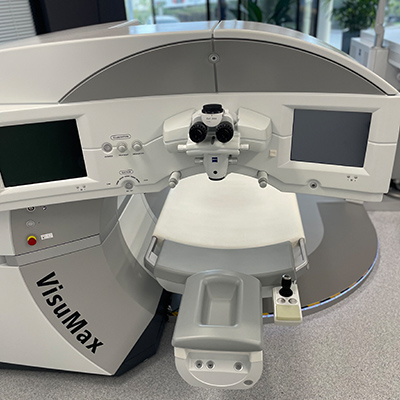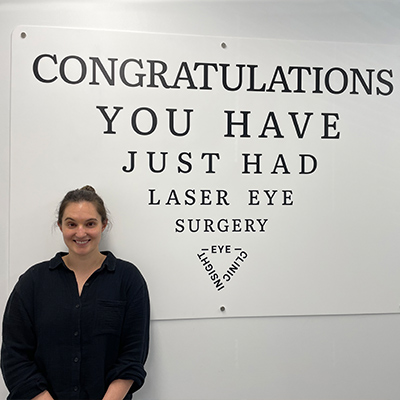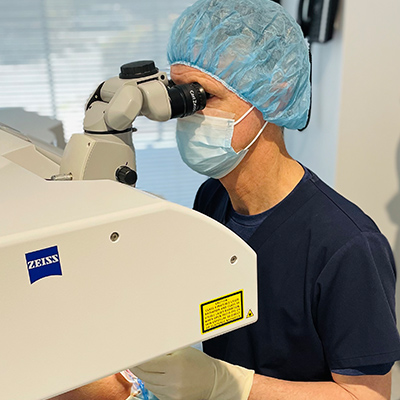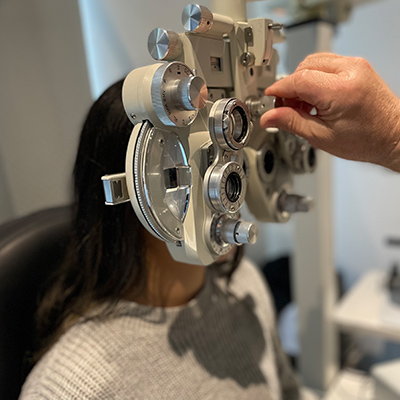What You Don’t Know About Iris Recognition
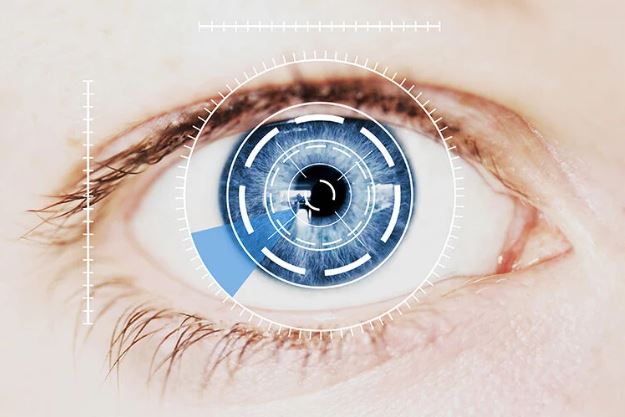
How does iris recognition work?
Infrared light is used to take images which are uploaded to the iris recognition system. Iris melanin (a substance in your body that produces hair, eye and skin pigmentation) is transparent under infrared illumination. This allows iris detail to be revealed regardless of eye colour.
A person’s iris pattern is mapped out using ‘recognition algorithms’. This detects the outline of the iris and then processes the iris portion of the image which highlights 256 unique qualities within the iris. The image obtained is distinct and concise. The image is then converted into a number called the ‘iris code’ which consists of 512 digits.
Is iris recognition more accurate than fingerprint analysis?
 Both our fingerprints and iris development happens within the womb. Fingerprint analysis uses 12-14 unique key points. An iris scan maps 256 key points and is therefore, much more accurate for use of identification. Also, fingerprints are prone to change within a lifetime based on occupation, general skin erosion and age. The iris is not prone to any change with its unique placement behind the clear window on the front of the eyeball, the cornea.
Both our fingerprints and iris development happens within the womb. Fingerprint analysis uses 12-14 unique key points. An iris scan maps 256 key points and is therefore, much more accurate for use of identification. Also, fingerprints are prone to change within a lifetime based on occupation, general skin erosion and age. The iris is not prone to any change with its unique placement behind the clear window on the front of the eyeball, the cornea.
There is the added benefit that iris recognition obtainment is non-contact. A person could be identified using iris scanning technology from up to 10 metres as long as an iris code already exists for the person in question.
Does iris recognition work with contact lenses or glasses?
 Remember in the movie Minority Report when Tom Cruise used contact lenses to replicate someone else’s iris? It is not out of the question but replicating an individual’s iris would be extremely difficult.
Remember in the movie Minority Report when Tom Cruise used contact lenses to replicate someone else’s iris? It is not out of the question but replicating an individual’s iris would be extremely difficult.
Well… Iris recognition works with clear contact lenses, glasses, and non-mirrored sunglasses. It is possible to identify someone uniquely in a dark room while they are wearing sunglasses. Some scanner ranges reach up to 10 metres.
What are the benefits of iris recognition?
Iris recognition technology offers numerous advantages, including its uniqueness, accuracy, and non-invasiveness. The likelihood that two different irises will have the same pattern is practically zero (and that is because scientifically we cannot say that this is impossible).
It presents a reliable and secure method for identity verification in various industries.
Could having laser eye surgery affect iris recognition?
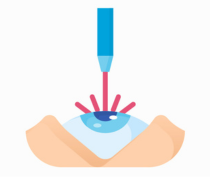 During a laser eye surgery procedure, the cornea (clear window on the surface of the eye) is reshaped. Through reshaping this tissue, light is able to refract to the correct point on the retina, forming a clear image. The iris is not affected, altered or changed in any way. Laser eye surgery of any kind should not affect the efficacy of an iris scan.
During a laser eye surgery procedure, the cornea (clear window on the surface of the eye) is reshaped. Through reshaping this tissue, light is able to refract to the correct point on the retina, forming a clear image. The iris is not affected, altered or changed in any way. Laser eye surgery of any kind should not affect the efficacy of an iris scan.
Can iris scanner damage eyes?
To date, there has been no proof that this method of identity verification has caused any damage to the eyes. Some suggest that the heat generated from the infrared radiation has an extremely low possibility of effecting the aqueous humour (the jelly like substance within they eye) and skin surrounding the eye such as the eyelid or under eye area but even then, highly unlikely. This is a very safe method of identification.
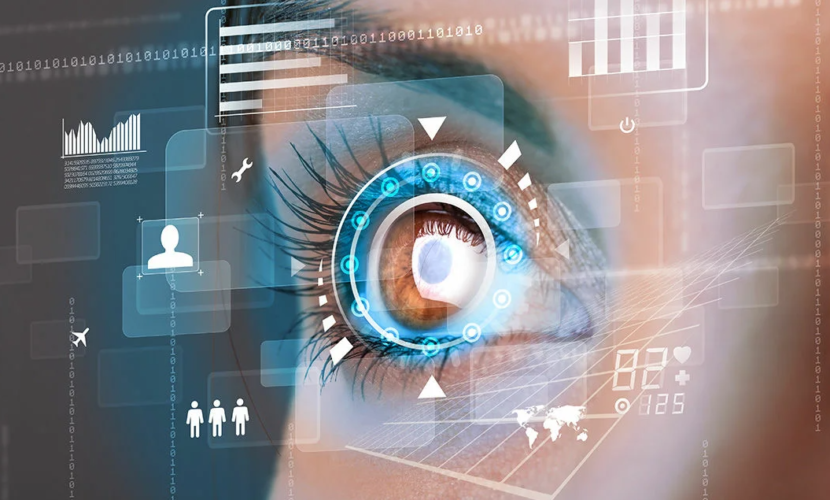 Which is better iris or retina biometrics?
Which is better iris or retina biometrics?
It is possible to take an iris image from a distance, whereas retina scanning does it by bringing the person’s eye near an eyepiece. Retina scanning is ideal for physical identification, whereas iris scanning can take place in physical and digital scenarios. It is much faster to scan the iris vs the retina and is less expensive to produce the equipment required for iris scanning.
What can stop an iris scanner working?
A cataract could interfere with the accuracy of an iris or retina biometric system by causing distortions in the image taken. An iris scanner will not work with patterned or coloured contact lenses on the eye.
In some instances, there are people in which iris scanning does not work. Moving forward with technology, there is still place for things such as fingerprint identification to allow more than one method of identifying an individual.
Reference articles
https://www.ncsc.gov.uk/collection/biometrics/iris
https://www.samsung.com/hk_en/support/mobile-devices/galaxy-s8-is-it-harmful-being-ir-irradiated-on-the-eyes-for-authentication/#:~:text=If%20you%20look%20at%20the,no%20harm%20for%20human%20eyes.https://en.wikipedia.org/wiki/Iris_recognition
en.wikipedia.org/wiki/Iris_recognition
https://recfaces.com/articles/iris-scanner




